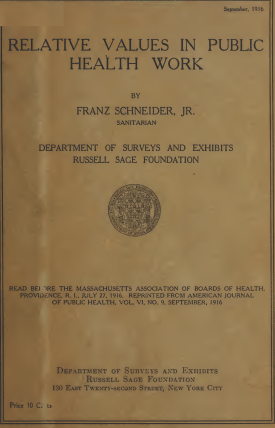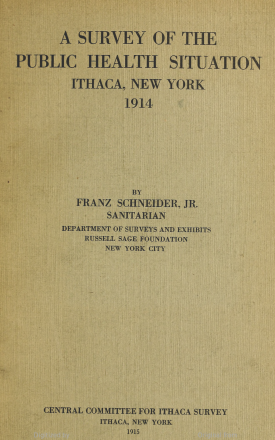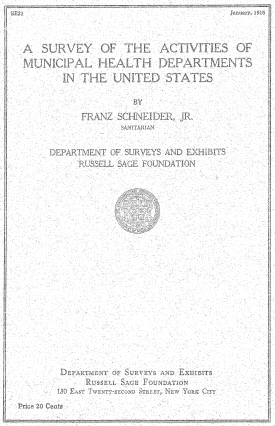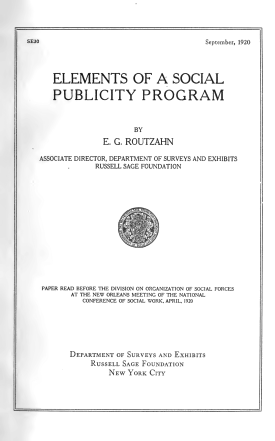This feature is part of an ongoing RSF blog series, Work in Progress, which highlights some of the ongoing research of our current class of Visiting Scholars.
We tend to think of race as a part of one’s identity that stays fixed throughout their lifetime—unlike socioeconomic status, which has the potential to change. But new research by current Visiting Scholar Aliya Saperstein (Stanford) offers a provocative new perspective on the mutability of race today.
During her time in residence at the Russell Sage Foundation, Saperstein is completing a book that examines the ways in which an individual’s racial status can shift based on changes to their social status. Her research focuses on the fluidity of racial perceptions, including how people self-identify racially, how they are classified by others, and how conceptions of race change both within and across generations.
In a new interview, Saperstein discussed how using a “racial mobility perspective” can help social scientists conceptualize the complex interactions between race and socioeconomic status today.
Q. What is a racial mobility perspective? How does it build upon what social scientists already understand about status attainment and socioeconomic mobility to highlight important features of racial inequality in the US?




